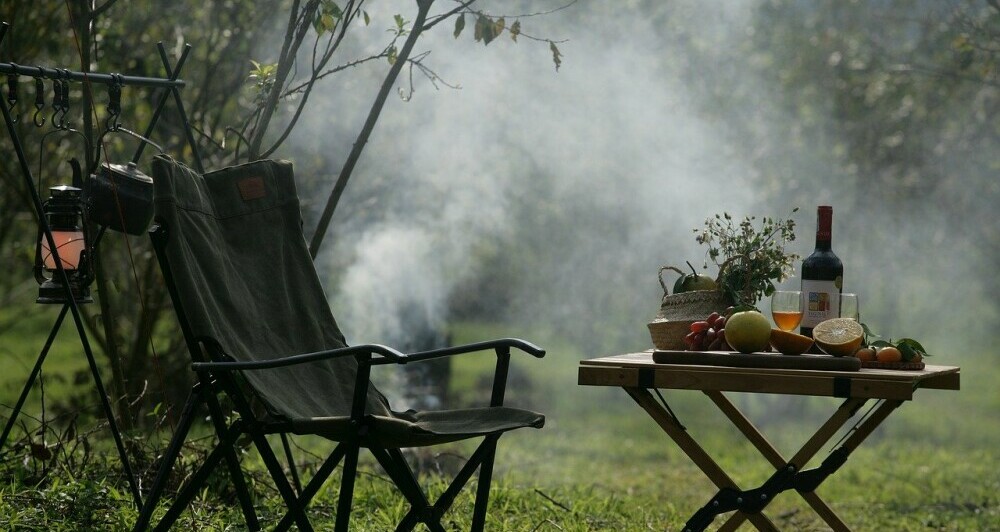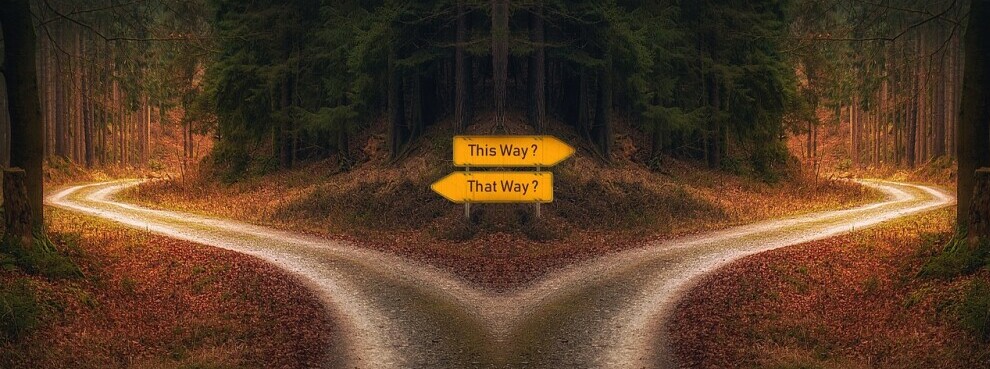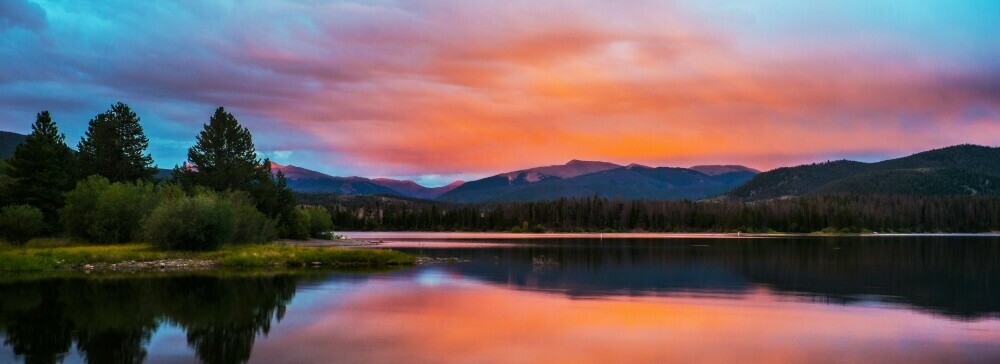I want to take some time to walk you through the delicate art of choosing a campsite that not only provides a stunning backdrop and uplifting but also harmonizes with the environment. This isn’t just about picking a flat spot and bonding; it’s also about understanding the subtle cues nature provides to help you make a smart choice. Safety should always be at the forefront of your decision. Analyze the terrain for potential hazards like loose rocks, dead trees, and areas prone to flooding. Keep in harnessing the insights of local wildlife activity can reduce the risk of unexpected encounters. Remember, though, you’re a visitor in their home.
Safety should always be at the forefront of your decision. Analyze the terrain for potential hazards like loose rocks, dead trees, and areas prone to flooding. Keep in harnessing the insights of local wildlife activity can reduce the risk of unexpected encounters. Remember, though, you’re a visitor in their home.
Next, you’re going to find out about accessibility and the importance of balancing your need for privacy with the practicality of being within a reasonable distance from your vehicle or main trails. It’s a bonus if you have a serene view and a buffer from noise, but keep in mind key access points.
Finally, your choice must reflect a commitment to environmental stewardship. Embrace the Leave No Trace principles to ensure the beauty of the site remains long after you’ve packed up. Minimize your footprint, respect wildlife, and leave what you find.
Now that we’ve covered how to choose a perfect campsite that respects your safety and the environment, let’s shift focus. Conveniences and the wilderness experience often pull us in different directions, and finding the right balance is essential. That’s where we’re headed next.
Conveniences vs. Wilderness: Striking the Right Balance
When you’re sifting through potential campsites, you’re going to find out about the delicate dance between comfort and the call of the wilderness. This isn’t just about picking a spot; it’s also about making thoughtful decisions that draw on nature’s cues.
Water is the lifeblood of nature, and your campsite won’t stray far from this truth. You want to be close enough to a water source for convenience but far enough to safeguard its purity. It’s crucial to keep at least 200 feet away to prevent contamination – for your sake and Mother Nature’s. This means having to carry water to your site, but consider it a small tribute to the environment.
Now, what about amenities? Choose something that resonates with you and your experience level. If you’re a beginner, a campsite with a nearby toilet or established fire pits can be reassuring. But if you’re seasoned and self-reliant, trading a toilet for tranquility might be your style. Just don’t focus too much on perfection – there’s charm in adaptability. In my opinion, always balance your love for solitude with safety. While it’s tempting to veer off into untamed parcels of land, remember that isolation can magnify any mishaps. Don’t worry too much about this; just keep it in mind when picking your home away from home.
In my opinion, always balance your love for solitude with safety. While it’s tempting to veer off into untamed parcels of land, remember that isolation can magnify any mishaps. Don’t worry too much about this; just keep it in mind when picking your home away from home.
Moving away from established campsites comes with responsibilities, like brushing up on how to handle encounters with the wilderness’s less friendly residents. Be savvy about local fauna—knowing bear safety, for instance, can be a game-changer. Plus, factor in how quickly help can reach you if needed – sometimes, a trail with occasional hikers offers peace of mind and a quick lifeline and opportunities to interact.
Planning and Preservation: Being a Responsible Camper
I’m going to guide you through the principles of being a respectful visitor to natural spaces. That’s going to include tips on forward-thinking and responsible camping. You’re going to find out about why planning ahead not only secures your ideal spot but also helps to maintain the integrity of these treasured sites.
In my opinion, the value of advanced planning cannot be overstated. Ensuring that you’ve got a reservation or the necessary permits means less impact on the environment due to reduced last-minute scrambling for space. It also means you’re better prepared for any regulations aimed at preserving the ecosystem. Don’t worry too much about the spontaneity of your adventures being curtailed by advanced planning. If you want to maintain some degree of flexibility, simply research areas that allow for it while still informing yourself of the park’s guidelines.
Don’t worry too much about the spontaneity of your adventures being curtailed by advanced planning. If you want to maintain some degree of flexibility, simply research areas that allow for it while still informing yourself of the park’s guidelines.
Respect for wildlife is crucial. Choose something that resonates with you: whether it’s watching birds, avoiding feeding animals, or travelling quietly to observe creatures without disrupting their natural behaviors. Always remember: we’re the visitors in their home.
Keep in mind, minimizing campfire impact is more than a suggestion—it’s a necessity. In places where fires are permitted, use established fire rings, keep fires small, and always fully extinguish them. If you can, use a camping stove. They’re not just safer, but also leave fewer traces.
I really hope that you’ll carry these considerations with you on your camping adventures. Well in closing just remember be respectful to mother nature and don’t forget to make it a bonding experience!!